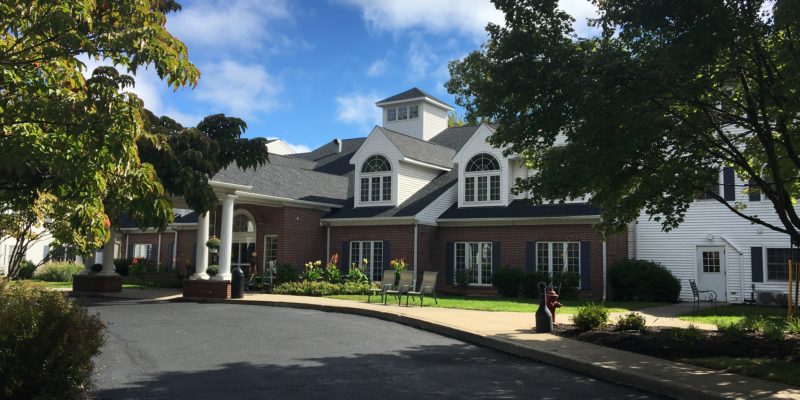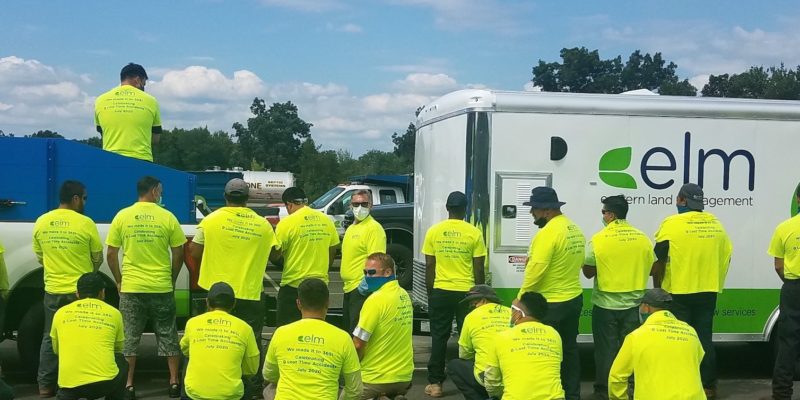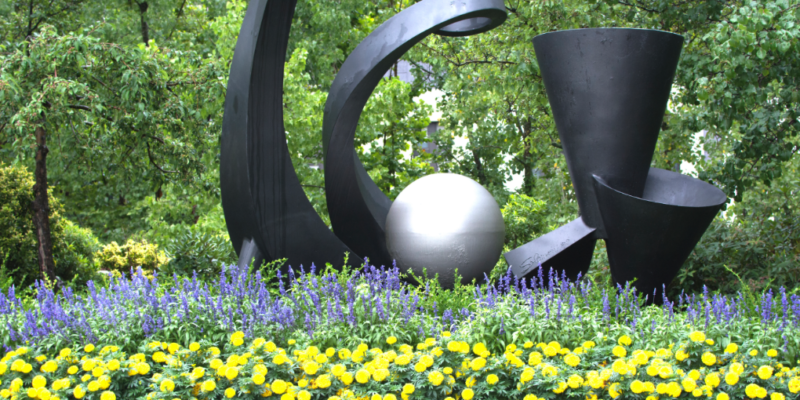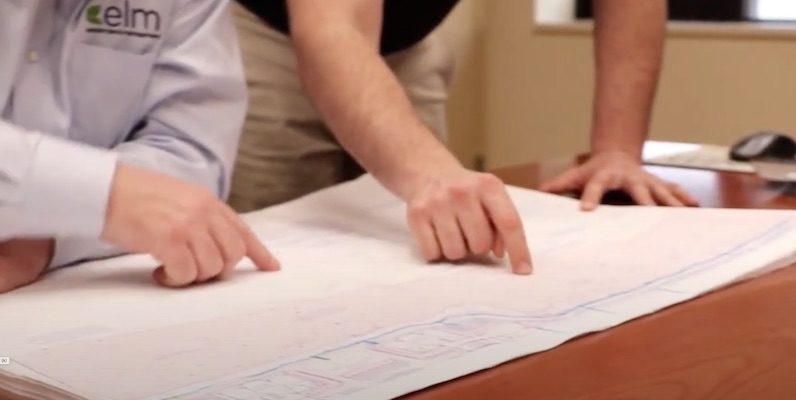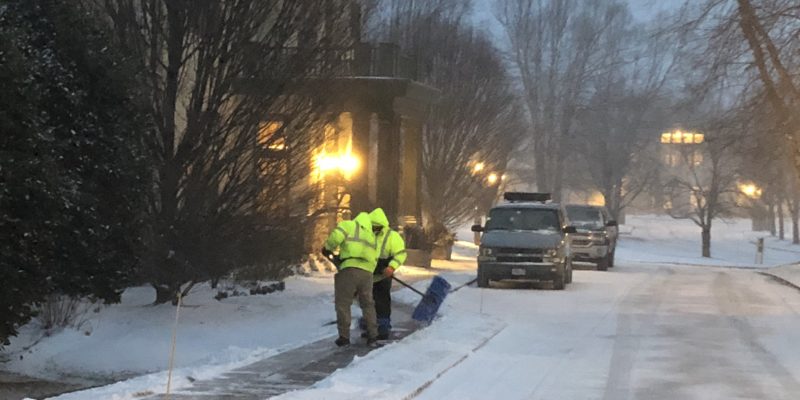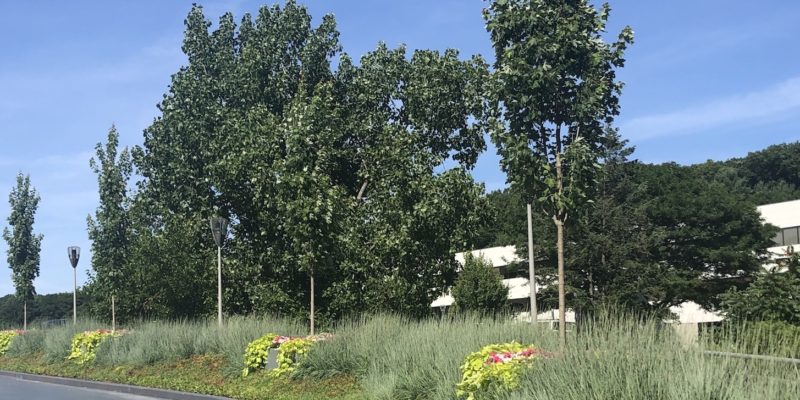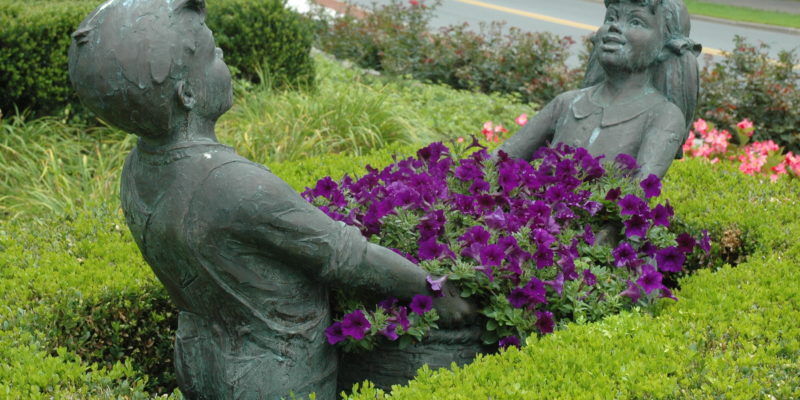A new health care model is reshaping senior living as residential communities continue to raise the bar on amenities and innovation that improve the quality of life.
As this property market looks to a future where the population of seniors with incremental health care needs is growing, updating facility landscaping for aesthetics, and health and safety are no longer capital expenditures that can be put on hold.
ELM has identified five ways to prioritize improvements.
- Update entrances and pedestrian areas for safety and flow
- Create plant-filled, interactive outdoor spaces to heighten community engagement, support walking and fitness programs, and add curb appeal
- Identify opportunities to transform underperforming areas into low-maintenance nature or activity spaces for bocce ball, croquet or putting greens.
- Create a community garden, rooftop top garden, a composting center, or rain garden to create more opportunities for residents to engage over shared activities.
- Create a tech-enabled, environmentally-friendly, resource-efficient and climate appropriate landscape maintenance program that reduces long-term costs and use practices that conserve water, energy, and soil health, limit waste and protect groundwater.
ELM’s team is experienced in this sector and understands its unique needs. Recently, we performed a complete makeover that included the installation a digitally controlled smart irrigation system, the natural pruning of dozens of shrubs and trees, layers of fresh mulch, splashes of seasonal color, and a refreshed entrance.
Enhancement Manager and project lead, Bobby Papotto, says, “Our connection with nature improves well-being and nowhere is this more important that when it comes to the specific needs of senior living residents, whether the facility is for independent living, assisted living or memory care. To make sure our landscapes support a range of quality of life goals, we look at soil health, plant material, biodiversity and habitat, and incorporate as much nature and natural elements, and safety features into the design and execution as possible.”
Landscaped spaces are an oasis for community engagement and safe socializing, and spending time in a healthy outdoor environment can make all the difference when it comes to choosing a senior community.
To learn more about ways landscaping can create an enhanced sense of community, contact ELM President, Bruce Moore Jr., at 203-316-5433.

